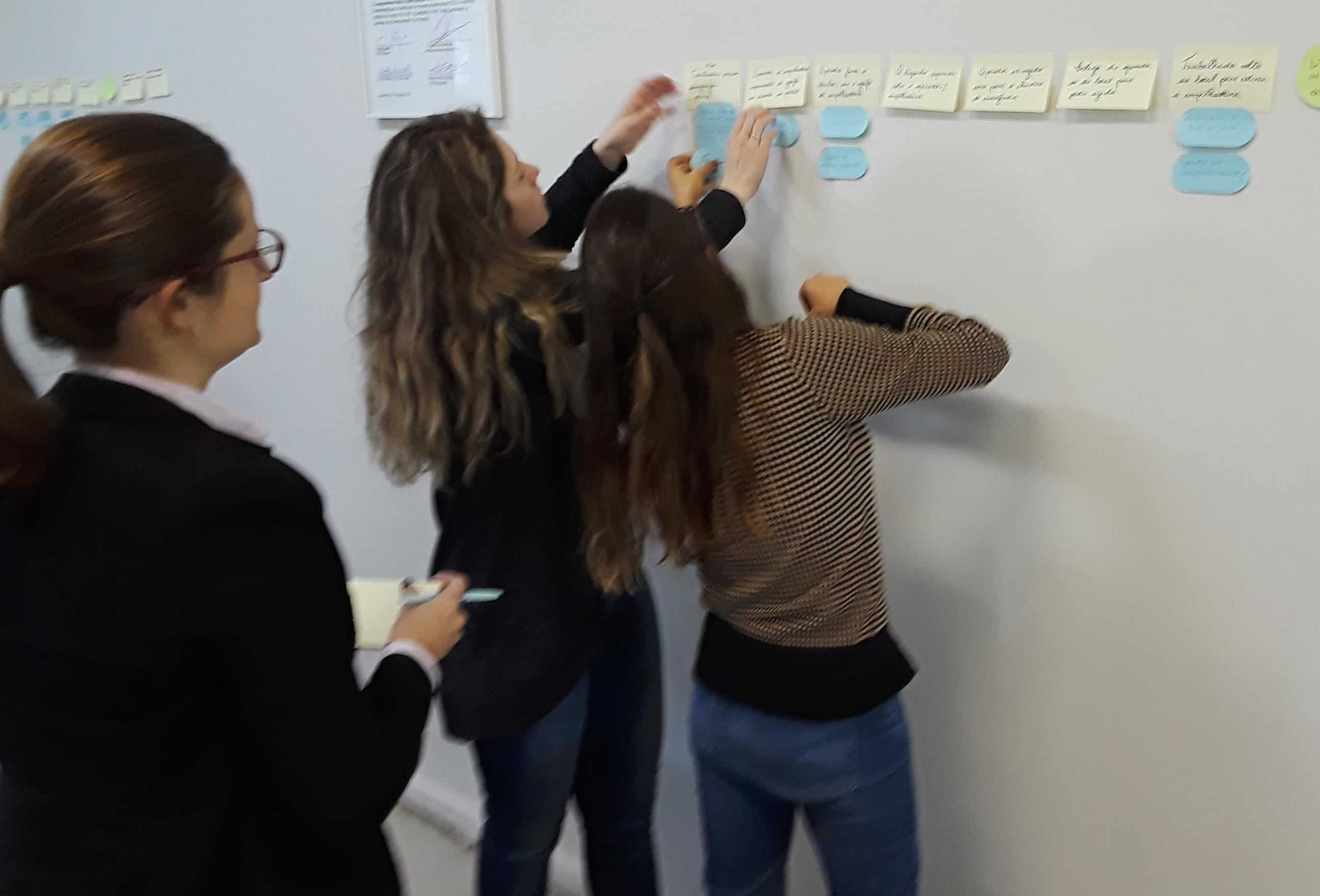Remembering An Accident: Sayano-Shushenskaya Hydroelectric Dam
One of the world’s largest hydroelectric plants, Sayano-Shushenskaya Hydroelectric Dam, suffered a catastrophic failure On August 17, 2009, that lead to the death of 75 people, and the pollution of the Yenisei River with 40 tons of oil spilling into it. So how did a major incident like this happen?


On the day of the accident the dam was undergoing major repairs and upgrades. Nine of the ten turbines were operating at full capacity, even the troublesome #2 turbine. This turbine had previously been offline because of persistent vibrations and maintenance issues, but it was brought back online the previous night. A fire at the Bratsk Power Station caused a drop in electricity production and the decision was made to run Turbine #2 to help with the electrical shortage.
Just before 8:13 am large vibrations were felt by a technician worker on the roof, and according to his recount of the the incident the vibrations gradually grew into a load raw. Shortly after two massive explosion occurred and turbine #2 shoot through the floor 50 feet into the air, and then it came crashing back down. The water that was spinning the turbine was now gushing out at a rate of 67,600 gallons a second. The gushing water produced massive amounts of pressure that ripped the room apart leading to the roofs collapse.

Eventually the gushing water flooded the lower levels and submerged the other turbines. Unfortunately, the plant’s automatic safety system failed to turn off turbines #7 and #9, which were operating at full capacity. This triggered short circuits that left the plant in total darkness adding to the confusion and mayhem.
Several employees struggled to manually close the pen-stock intake gates, and finally succeed at 9:30 am putting an end to the disastrous incident. Because of communication failures and system failures 75 people lost their lives, many were injured, and 40 tons of oil polluted the Yenisei River. Restoring the damage caused by the explosion took years and it cost US$89.3 million to complete.


(Before & After Photo)
To learn more about the Sayano-Shushenskaya Hydroelectric Dam incident click here.
Major disasters are often wake-up calls for how important it is to ensure that they never happen again.
TapRooT® Root Cause Analysis is taught globally to help industries avoid them. Our 5-Day TapRooT® Advanced Root Cause Analysis Team Leader Training offers advanced tools and techniques to find and fix root causes re-actively and help identify precursors that could lead to major problems.
To learn more about our courses and their locations click on the links below.
5-Day TapRooT® Advanced Root Cause Analysis Team Leader Training
2-Day TapRooT® Root Cause Analysis Essentials Training



